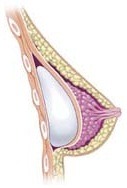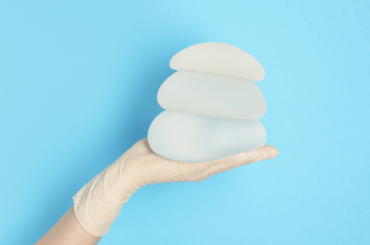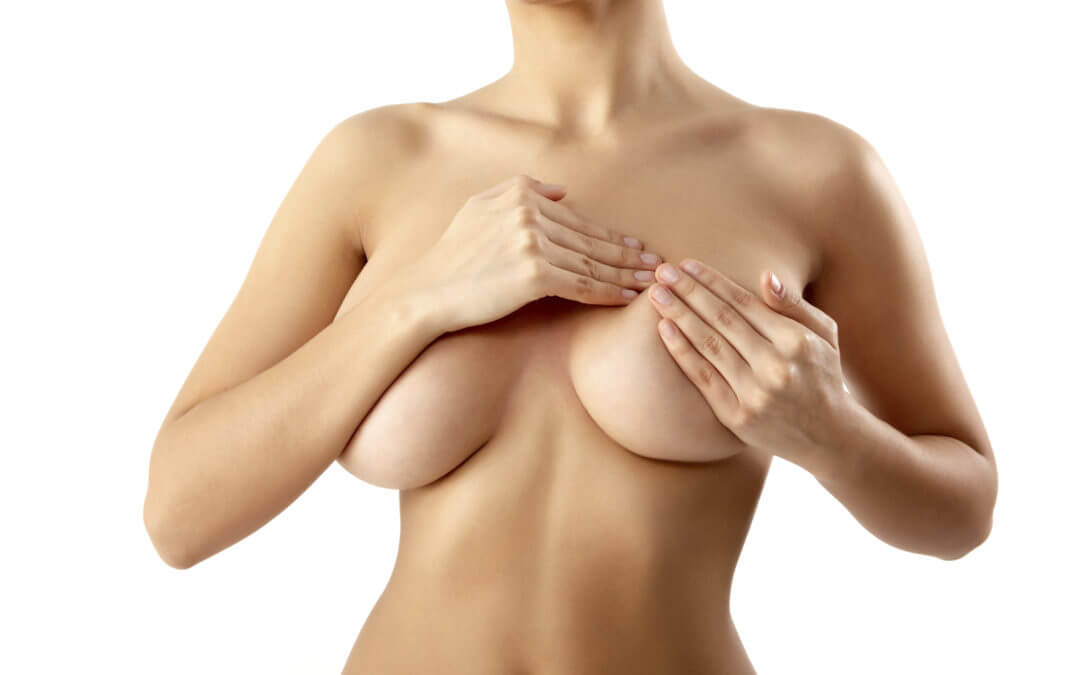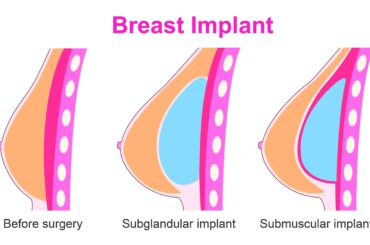Breast implants are used to enlarge the size, form and feel of a woman’s breasts. Their uses are wide-ranging and include more than just breast enlargement. Implants can also be used for breast reconstruction, counteracting surgical defects and even repairing congenital deformities on one’s breasts. Breast implants aren’t limited to women; transsexuals frequently get implants as part of their sex change operations. Despite its corrective and supplementary advantages, there are drawbacks to consider if you’re considering undergoing a breast implant procedure.
Although cosmetic procedures as a whole are one of the safest kinds of surgery, the surgery itself is not entirely free of risks; some patients have reported experiences with hematomas, fluid accumulation and adverse reaction to anesthesia.
Types of Implants
 There are two main kinds of breast implants you can choose from: saline and silicone implants. Saline implants are comprised of a sterile saline solution, while silicone implants contain a gel-like viscoelastic substance made from silicone. There’s also a new type of silicone implant nicknamed the “Gummy Bear” implant.
There are two main kinds of breast implants you can choose from: saline and silicone implants. Saline implants are comprised of a sterile saline solution, while silicone implants contain a gel-like viscoelastic substance made from silicone. There’s also a new type of silicone implant nicknamed the “Gummy Bear” implant.
When selecting the type of implant you’ll be getting, remember that there are different advantages and disadvantages to each material. Although saline implants can produce more natural results, they are more likely to result in skin wrinkling as the years go by.
FDA on Implants
Since they were approved for medical use, the FDA has monitored scores of breast implant manufacturers to publish studies on the risks and complications associated with having implants. In one study, the FDA followed approximately 40,000 women over the course of 10 years to assess any detrimental effects that might have resulted from the use of implants.
Other Studies Regarding Implants
There have been a number of core studies that were reviewed prior to the approval of both saline and silicone implants. These studies found that any of the following complications could result from receiving implants:
- Change in nipple sensation
- Capsular contracture
- Breast pain
- Ruptured or deflated implants
- Disease of the connective tissue
For some, the change in nipple sensation may arise from nerve ending damaged during the surgery. Capsular contracture, on the other hand, affects the tissue surrounding the breasts, which tightens around the implants after surgery. Implant ruptures and deflation may not be easy to notice with silicone implants, so you should conduct regular MRI scans to see if the implants are still in good shape.
Other Breast Implant Risks
Another complication frequently associated with breast implants is scarring. The larger the cup size of your implant, the longer the incision it requires.
This necessitates wider incision lines, which in turn leave behind extended scars.
Women have also reported experiencing numbing or loss of sensation, skin wrinkling, difficulties in breast feeding, thinning of breast tissue and asymmetry.
Furthermore, there is some concern that breast implants may increase the likelihood of cancer.
Post-Surgery Complications
Post-surgery issues may include the same health risks commonly associated with other types of surgery, like nausea, vomiting, bleeding, pain and infection. Just like with any surgery, the key is to weigh all the pros and cons. Remember to assess your reasons for your decision, and see if it’s worth the risks you’ll face by going under the knife.
Are There Alternatives To Surgery?
Looking for a non-surgical option? Why not try herbal breast enhancement? Herbally-based pills and creams use your body’s natural processes to help you get bigger breasts, and it’s far safer and less expensive and painful that breast implant surgery. To make your life easier, we’ve reviewed and ranked the top products on today’s market, and they’re presented in an easy-to-use chart here.





